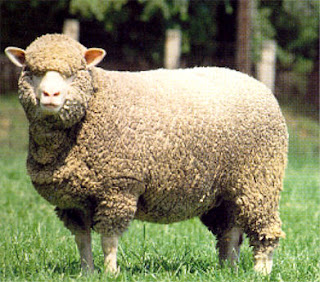 |
| Vermont evening/photo by author |
©twmcdermott2015
Once again, we’ve survived Armageddon in the form of a “blizzard”
named Juno. By my reckoning, this makes three or four “storms of the century”
that we’ve survived. And, we still have more than 85 years to go!
Last night, I received a message from the mayor of the city where
I work, basically saying that he was shutting the little city down, and
reporting that the county was closing all roads at 11 p.m. Then New York State
closed its roads.
We the people, in our little 10-unit hamlet in Greenwich, CT
parked our vehicles up the road in the protected Town Hall garage overnight,
illegally, and went home to drink and pray by the fire. There we hovered, hoping
our wood would outlast calamitous Juno and that we might see our other friends
and loved ones again.
There hadn’t been anything like this in about 11 or 12
months since the last end of the world.
At 6 a.m. this morning, I could barely bring myself to peek
out the window. When I did, my first thought was, “Oh, the storm hasn’t even
hit yet.” Wrong. There were about eight inches of snow around, four of which
had already been there from an earlier storm, and the winds seemed like normal
late January winds.
The local correspondents on cable channel 12 had already gone into a more understated
frenzy mode. A ticker at the bottom of the screen declared that everything was
closed, which made one wonder why we don’t just list what’s open instead. The
storm’s center passed much further to the east than predicted, and eastern Long
Island and central Connecticut bore the brunt. But, a reporter on the ground in
that brunt was standing in six inches of snow on an already plowed street,
amidst vehicles in driveways that barely needed dusting.
Does the term “snow job” come to mind?
 |
| Real Juneau |
The city that never sleeps shut its subways, and the
commuter lines that feed it were still.
Another reporter cruising downtown New Canaan, CT. stated
that it looked like a ghost town, while the camera showed fairly clear roads
and about six inches of snow around. She forgot to say that all the roads were officially closed, the schools were closed, and people were told to stay home or face
possible annihilation by snowflakes speeding down from space at 1.5 m.p.h. Duck!
The so-called “Greatest Generation” is passing rapidly now.
These are the ones who lived through the Depression and World War II. What do they make of us, quivering while we gaze with gullible curiosity into our…phones?
Even I
can recall the seriousness of air raids in elementary school where we ducked
underneath our little desks to avoid being harmed by nuclear fallout. And, one
day in October 1962, I went off to high school on 16th Street in New
York City wondering if I would ever see my family again, depending on what
Comrade K. and President K. did about those Cuban missals.
And, there I was in my Juno-bunker with leftover she-crab stew and a bottle of J&B.
At about noon, the sun came out, and it became increasingly
apparent that we would all survive this latest test. The inevitable death,
taxes, and Kardashian Tales awaited us.
We have lofty national goals, like making some sense out of
healthcare and fixing education. We roam the world making other places safe for
democracy. But, I’m beginning to think that we might do better to concentrate
on getting this weather thing right, so that a snowstorm can be just that, a
natural part of a northeastern winter.
 |
| photo by author |
The new “content” makers have turned the weather into
scripted reality (distorted) TV.
What does it mean when we cannot even tell the truth about
the weather out of fear that advertisers will be displeased if we do? And, what
does it mean when we continue to pretend that what didn’t just happen really
did, so that we will tune in as believers next time?
But, as the Cuban philosopher Ricky Ricardo used to say,
“Maybe Juno more than I know.”

 The female foot model was already in place and my job became
holding on to her in various poses, while the camera was aimed at our lower
legs and adorned feet. My fiancé was present for the entire shoot, which took a
couple of hours while I had to hold on to the model who I recall as being quite
attractive above the shins as well as below. It was a lot more fun than writing
ad copy about Dunlop tennis racquets.
The female foot model was already in place and my job became
holding on to her in various poses, while the camera was aimed at our lower
legs and adorned feet. My fiancé was present for the entire shoot, which took a
couple of hours while I had to hold on to the model who I recall as being quite
attractive above the shins as well as below. It was a lot more fun than writing
ad copy about Dunlop tennis racquets. The pumps actually did not fit all that well, so I had to
use inserts so that they didn’t flop around too much. But, with the metallic
strip at the heel, they certainly stood out; I still occasionally wear them, although I’m no longer called on to wear evening clothes as often as I’d
like.
The pumps actually did not fit all that well, so I had to
use inserts so that they didn’t flop around too much. But, with the metallic
strip at the heel, they certainly stood out; I still occasionally wear them, although I’m no longer called on to wear evening clothes as often as I’d
like.









